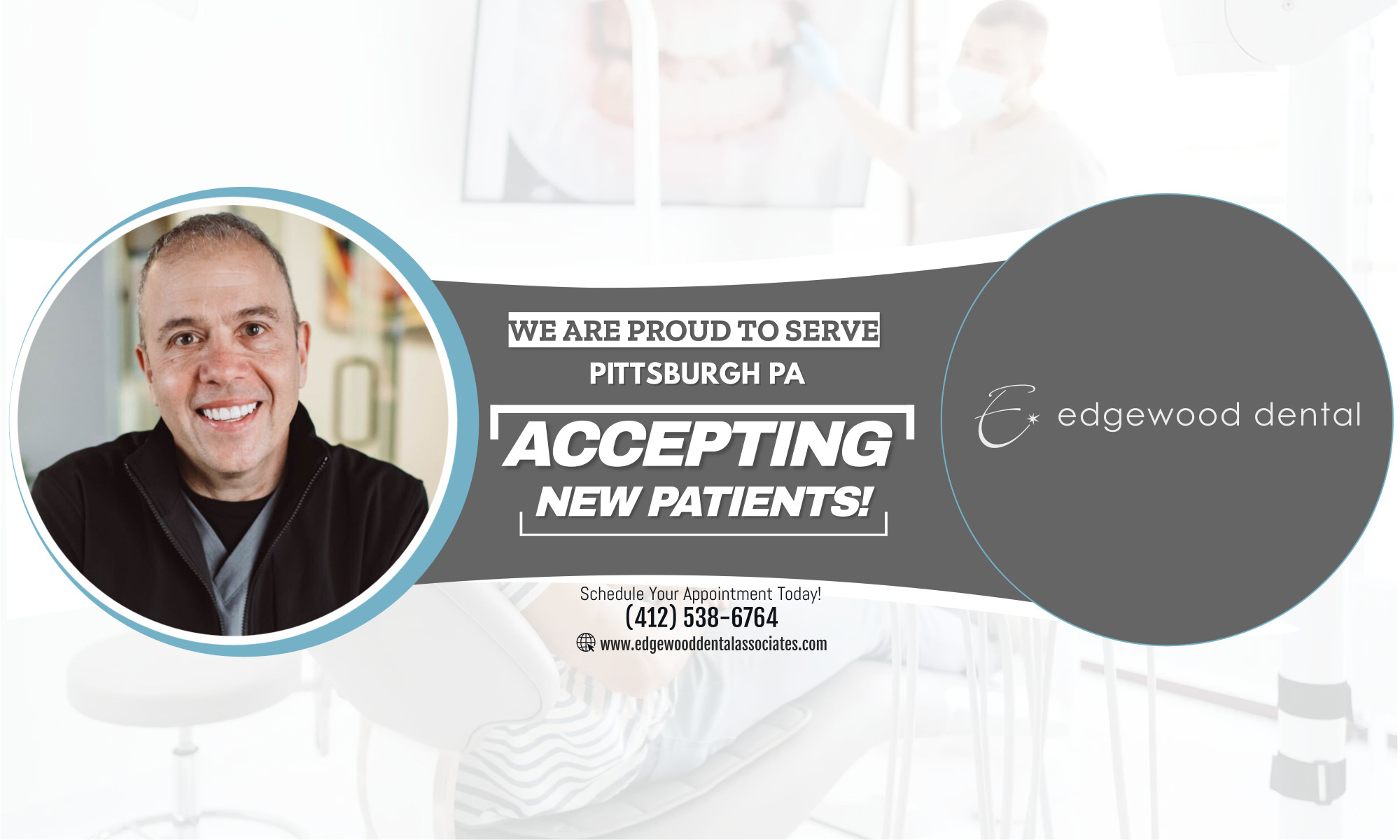Though many of us say we brush our teeth regularly, you get the best results by making sure you brush properly.
Here are the steps you should follow:
First, place the toothbrush at a 45-degree angle to your gums.
Then, move the brush back and forth gently in short (tooth-wide) strokes.
Brush the outer tooth surfaces, the inner tooth surfaces, and the chewing surfaces of the teeth.
Use the “toe” of the brush to clean the inside surfaces of the front teeth, using a gentle up-and-down stroke.
Finally, brush your tongue to remove bacteria and freshen your breath.
As well as brushing your teeth, you should floss them every day. Heres how to floss for best results.
Break off about 18 inches of floss and wind most of it around one of your middle fingers.
Then wind the remaining floss around the same finger on the opposite hand. This finger will take up the floss as it becomes dirty.
Hold the floss tightly between your thumbs and forefingers.
Guide the floss between your teeth using a gentle rubbing motion. Never snap the floss into the gums.
When the floss reaches the gum line, curve it into a C shape against one tooth. Gently slide it into the space between the gum and the tooth.
Hold the floss tightly against the tooth. Gently rub the side of the tooth, moving the floss away from the gum with up and down motions.
Repeat this method on the rest of your teeth.
Don’t forget the back side of your last tooth.
If you have difficulty handling dental floss, consider other types of interdental cleaner such as special brushes, picks or sticks.
Your dentist or hygienist will be able to give your further tips on how to brush and floss for best results.
